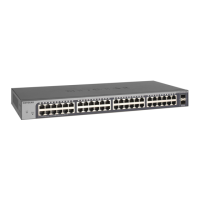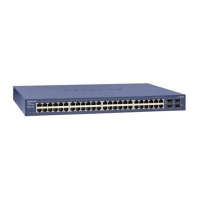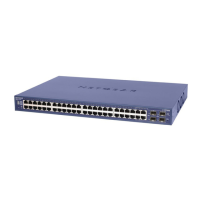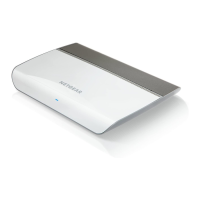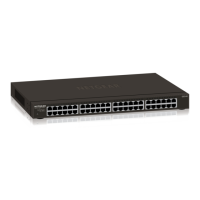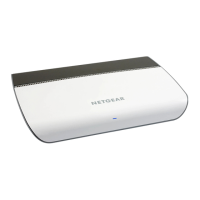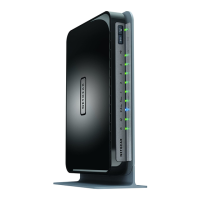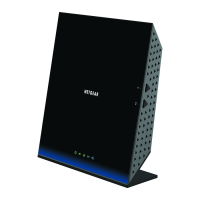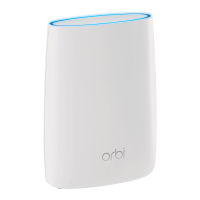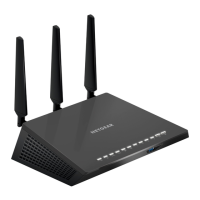Why is file transfer slow on my NETGEAR Switch?
- RRyan NicholsJul 28, 2025
Slow file transfers on your NETGEAR Switch might be due to a broadcast storm caused by a network loop (redundant path). To fix this, ensure only one path exists between any two networked devices to break the loop. You can also configure loop prevention in the switch's web management interface.
